Xmsn through Dodge Center?
June 4th, 2019
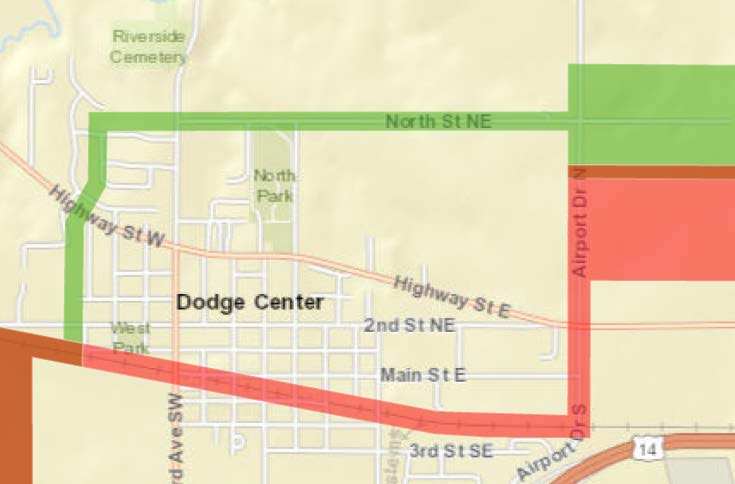
The Dept. of Commerce was instructed by the Minnesota Public Utilities Commission to include routes for the Dodge County Wind project to include existing transmission corridors. Commerce didn’t haul out a transmission map at the time to say “WHAT WOULD YOU SUGGEST” and instead chose “routes” that run right through the heart of Dodge Center, and which would, with a 150′ easement, not only tower over residential neighborhood but would displace rows of homes because the easement edge would run right through the houses!
CLICK HERE for Dept. of Commerce Dodge County transmission site.
CLICK HERE for Commerce’s INTERACTIVE WEB MAP
Here’s what it looks like from the sky:
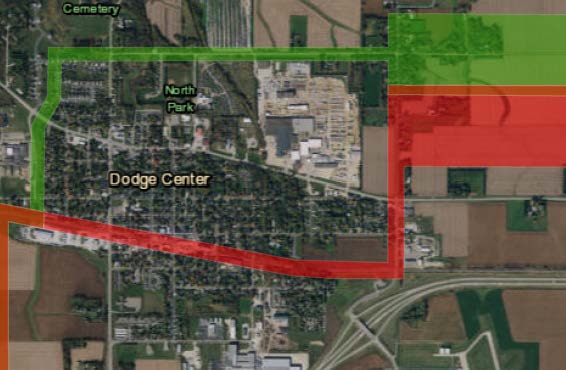
CLICK HERE for City of Dodge Center page on this transmission proposal.
City of Dodge Center is missing the boat in suggesting people wait to let Commerce know how bizarre, unconstructable, and most importantly, how many people would be displaced, how many homes would be bulldozed, to build a 345kV transmission line with 150 foot rights of way through town. The time to send WRITTEN comments to Commerce is NOW, because when the DEIS is released at the end of June (probably, though maybe later), it should say that those routes through town should not be further considered as they just won’t work.
Send comments, with photos showing existing transmission in relation to your home, your neighbors’ homes, to:
suzanne.steinhauer@state.mn.us
The sooner you weigh in the easier it is to alter the outcome. In the case of administrative proceedings, you snooze, you lose.
The City of Dodge Center needs to get on this too, NOW. Why? It’s in the City’s interest to have routes through town and through these neighborhoods stopped, to assure that they don’t go forward in the environmental review. If you’re in Dodge Center and are concerned, contact your City Council representative:
DODGE CENTER COUNCIL MEMBERS CONTACT INFO HERE
Comments must be in writing, phone calls don’t count (though you can get more information that way, by calling Suzanne Steinhauer: (651) 201-2251).
DODGE THIS TRANSMISSION LINE!
Hoar Frost over Shell Rock River
December 10th, 2018

This is the Shell Rock River, covered with winter hoar frost today, and part of the DNR’s Shell Rock River State Water Trail, where Freeborn Wind wants to string a transmission line over the river! Click for larger view:

It’s a State Water Trail – click for larger view:
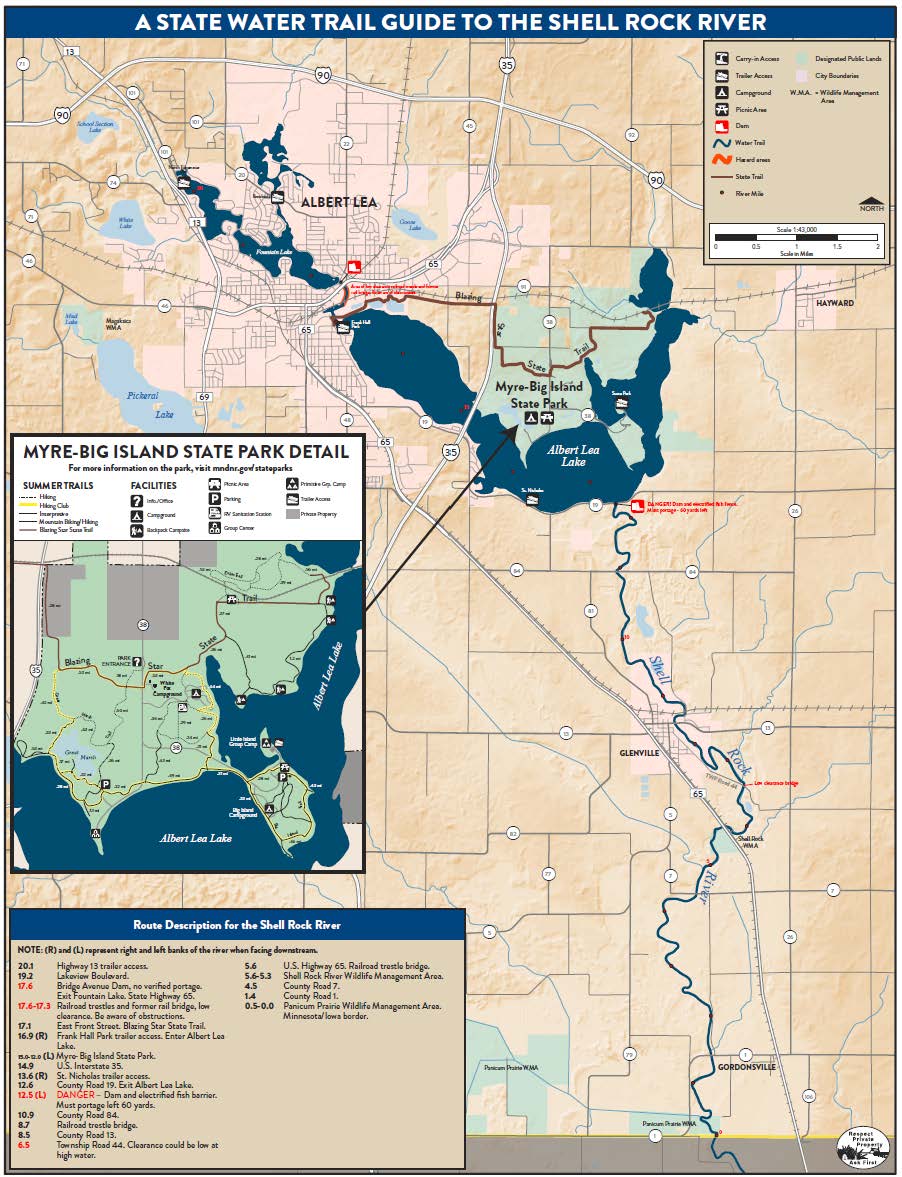
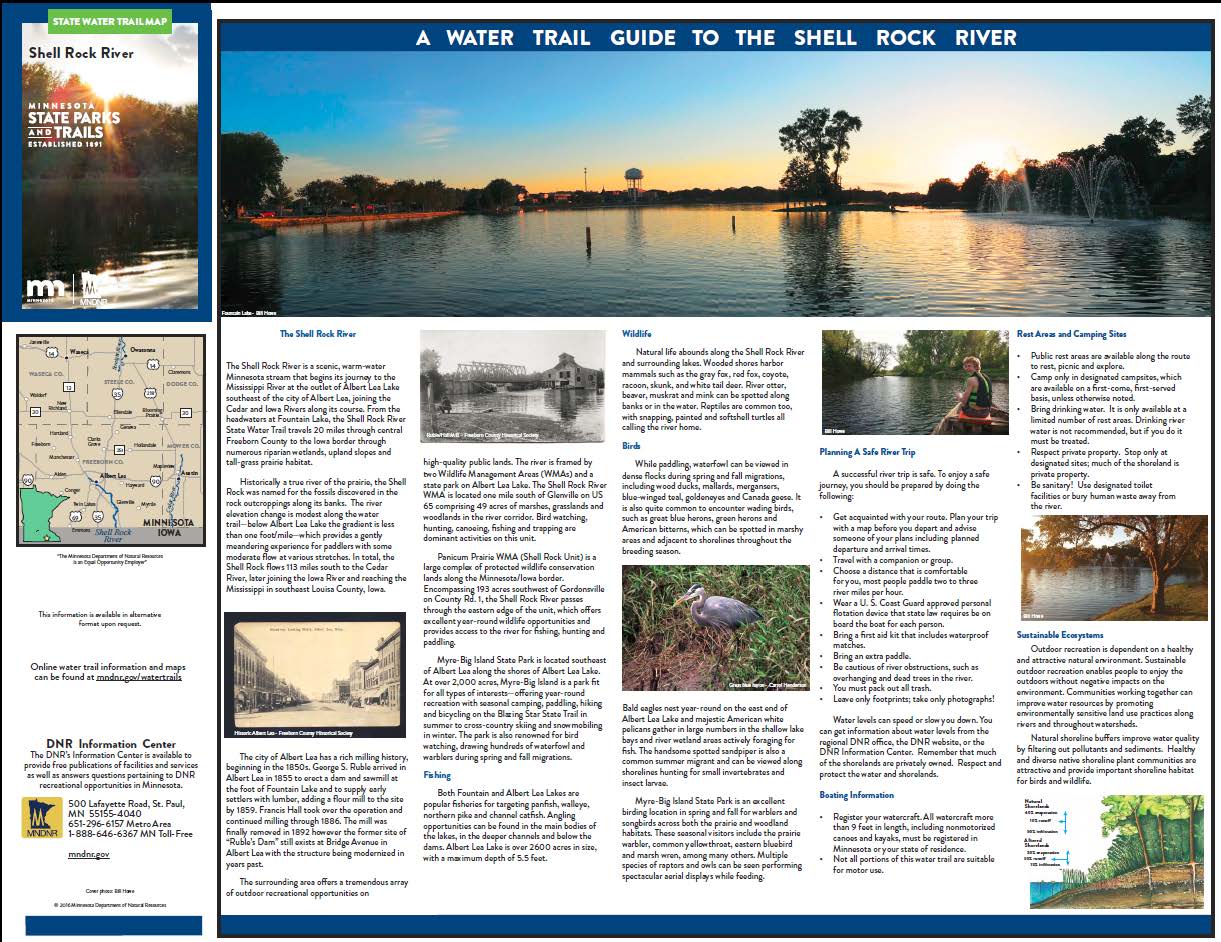
Doesn’t this just look like the greatest place for transmission across the river?!?! Good grief, what are they thinking?


RUS EIS is released for Cardinal-Hickory Creek Transmission
December 3rd, 2018
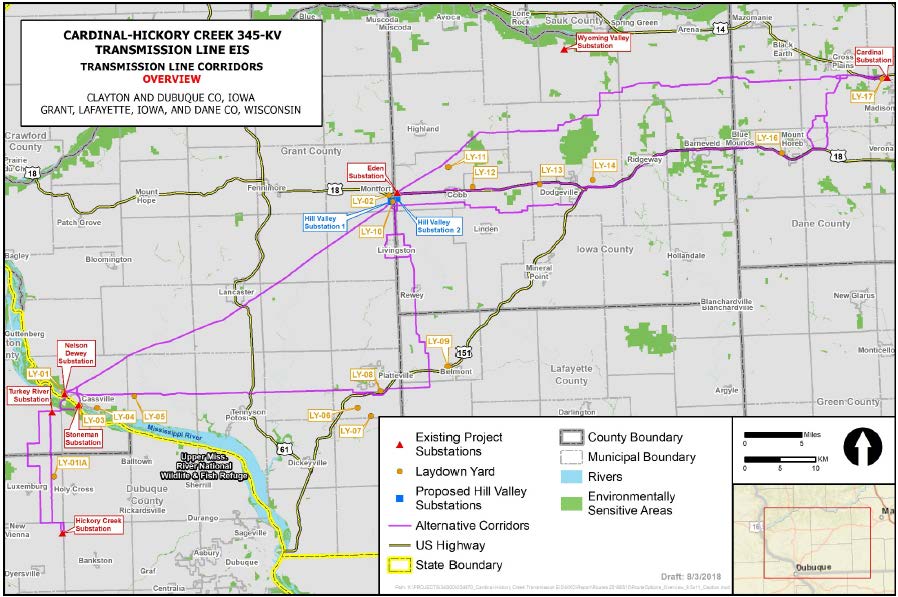
It’s out, the USDA’s RUS EIS for Cardinal-Hickory Creek transmission project:
Draft Environmental Impact Statement – November 2018
From the RUS Notice, how to send in comments and list of public meetings:
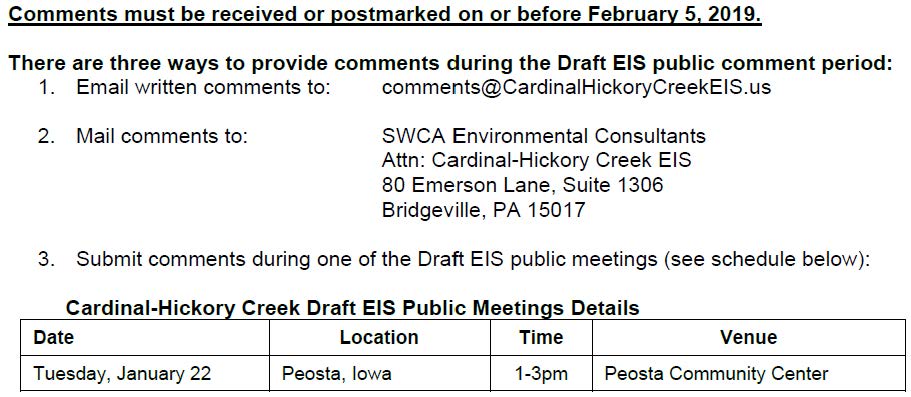

Nov. 14th – PPSA Annual Hearing!
October 22nd, 2018

It’s that time of year again, and for a change, no reminder necessary, AND it’s in 2018, not crammed in at the very end of year or beginning of next!
It’s the POWER PLANT SITING ACT ANNUAL HEARING!

This is our opportunity, as those wrestling with the state’s siting laws and rules, and absence thereof, to tell them what does and doesn’t work. Then the Administrative Law Judge files the report and it’s ignored for another year.
Frustration with lack of response was what triggered the multiple rulemaking petitions I’ve filed, on my own as individual, and representing Goodhue Wind Truth, most recently:
Wind Rulemaking — Petition for Reconsideration
We used to have a pot-luck for the PPSA Annual Hearing, until the PUC put the kibosh on that. GRRRRRR! Treats is the best way to get people to show up.
Now’s the time, show up, spout off, and tell them what works and what does not. And note that aspects of the Power Plant Siting Act DO apply to wind:
216F.02 EXEMPTIONS.
(a) The requirements of chapter 216E do not apply to the siting of LWECS, except for sections 216E.01; 216E.03, subdivision 7; 216E.08; 216E.11; 216E.12; 216E.14; 216E.15; 216E.17; and 216E.18, subdivision 3, which do apply.
More FAKE NEWS from Center of the American Experiment
April 21st, 2018

Center of the American Experiment is at it again, twisting obvious facts, and losing credibility in the process, well, not that they have any… They must be getting paid big bucks to continue this distortion and disinformation campaign. And maybe it’s just an attempt to get their name out there, as if they’re a “think” tank, and not a tank of hot air.
Your Taxes, My Friend, Are Blowing in the Wind
There are issues with wind, particularly about siting — the way projects steamroll into communities, putting up turbines too close to people who are already there — bringing the nuisance to the people where the community does not consent. Very valid issues, particularly where wind companies, on top of that, are violating their permits. We as a society need to address these issues now so that people are no longer steamrolled, and we need to figure out a way to deal with projects already improperly sited. If not, well, it’s hard to imagine how any wind project could be sited going forward!
What’s Center of the American Experiment up to? This time, it’s about wind subsidies, and they’re again milking that bogus report for whatever they can — please read it carefully and rip it apart — it’s not worth the mb it’s printed on:
What’s wrong with their take on subsidies? Well, they’re on a rant about taxes and pick out wind subsidies, because they want to bash wind, but they don’t address the subsidies for all other sorts of generation. DOH! That means that the issue isn’t subsidies, it’s wind.
Worse, they start out about Warren Buffett and tax benefits he gets from his wind projects. Yup, that’s there. But earth to Mars, he has a lot more invested in coal.
Warren Buffett owns BNSF which ships coal around the Midwest. BNSF is also a major Bakken BOOM! oil transporter, the impetus for the $5 billion Amtrak deal with BNSF for rail, crossing, and safety upgrades.
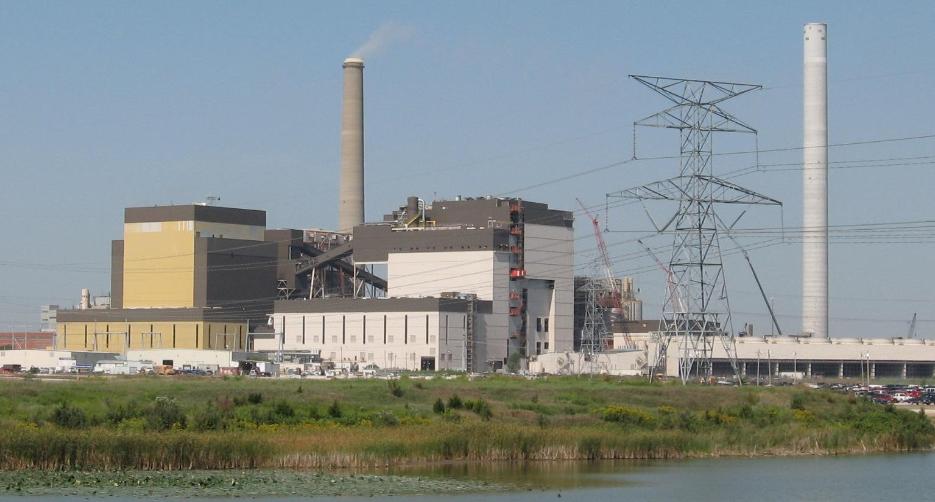
Warren Buffett owns the MidAmerican Energy Center, 4 coal plants, which includes the “Walter Scott, Jr. ” 790 MW coal plant — the largest in Iowa. It cost $1.2 billion to build, and was completed in 2007, just in time to start utilizing the biggest transmission build-out in history!
Just the Facts – Walter Scott, Jr. Energy Center’s New 790 Megawatt Unit
Center of the American Experiment says about transmission that:
Transmission is needed for all generation, none but rooftop solar is at the load. Cost of transmission is not in any PPA. FERC requires that transmission not discriminate against or favor particular types of generation — what is there is what goes over the wires. And whatever the generation source, cost of transmission does show up in rates. Utilities get more from capital investments, a/k/a as transmission, than from selling electricity.
And then there’s the basis for that transmission build out — to displace natural gas with coal:
And “the cost of running conventional power plants as backup sources of electricity” Natural gas peaking plants are what’s used for backup for wind, they kick in only when needed, and that’s not often. Further, solar follows peak. Back up occurs when the variable source isn’t running, it’s not simultaneous, not duplicative, DOH! It’s duplicitous!
As to rates: Xcel’s rate case 15-826, is there for reading, but you seem to ignore the filings. Center of the American Experiment has been silent on Xcel’s e21 “business plan” rate scam and the current bill to change cost review and rate recovery for Prairie Island. Where’s theirconcern about rates when rates are at issue? Oh, right, weighing in on a rate case might involve facts.
Enough of Center of the American Experiment’s repeated disinformation, misstatements… just stop.